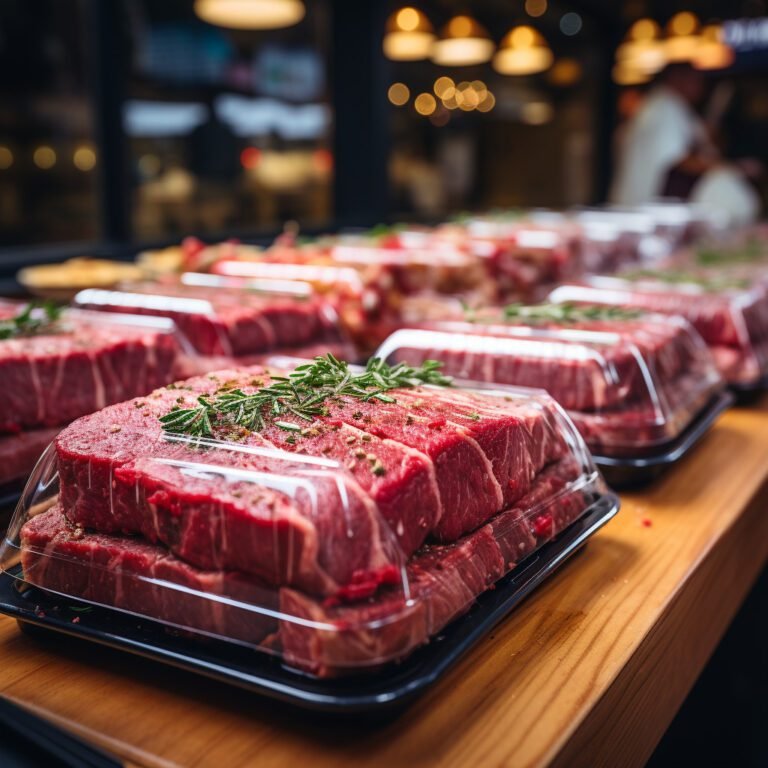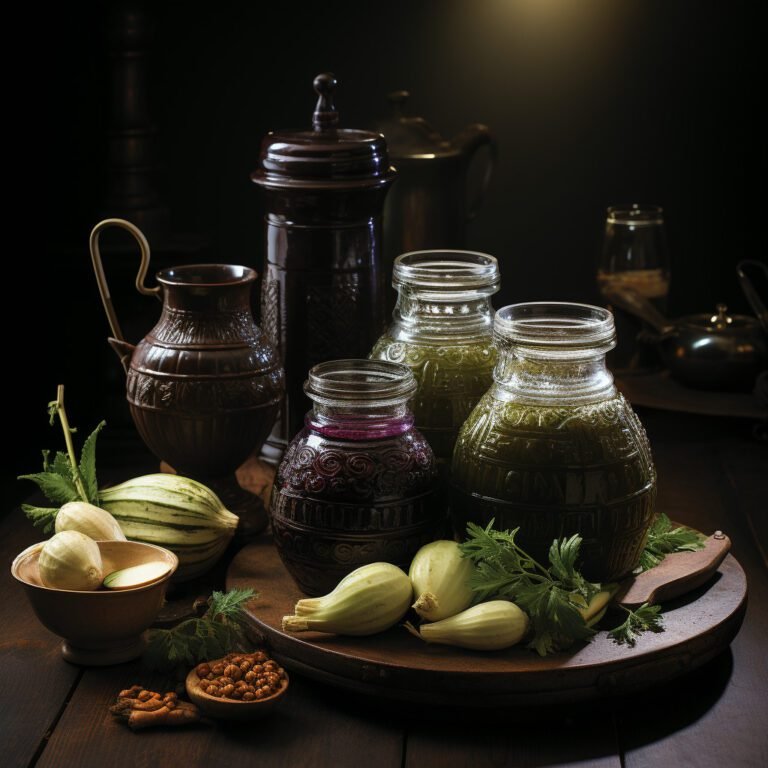Seeds of Change: The Growing Popularity of Heirloom Vegetables
The Resurgence of Heirloom Vegetables
There’s been a significant shift in the culinary world as chefs and home cooks alike are embracing the diversity of heirloom vegetables. These are vegetables that have been grown from seeds passed down through generations, typically for 50 years or more. Unlike their hybrid counterparts, heirloom vegetables offer a myriad of flavors, colors, and shapes that make them an exciting addition to any dish.
Nutritional Benefits of Heirloom Vegetables
Heirloom vegetables are not just a treat for the eyes and palate; they’re packed with nutritional benefits that make them a healthy choice. Each variety of heirloom vegetable boasts a unique set of nutrients. For instance, purple carrots are rich in anthocyanins, a type of flavonoid with antioxidant effects. Similarly, heirloom tomatoes are high in vitamin C and lycopene, a powerful antioxidant.
Moreover, heirloom vegetables are typically grown organically without the use of synthetic pesticides or fertilizers. This not only makes them safer to consume, but it also helps to preserve the health of our soil and ecosystem.
Supporting Sustainable Agriculture with Heirloom Vegetables
Choosing heirloom vegetables supports sustainable agriculture practices, playing a crucial role in biodiversity. Unlike hybrid vegetables, which are bred for uniformity and high yield, heirlooms are adapted to local conditions. They are often more resistant to pests and disease and can thrive without the need for chemical inputs.
Moreover, the practice of saving and sharing heirloom seeds fosters a sense of community. It connects us to our cultural heritage, preserves genetic diversity, and protects the future of our food supply.
Cooking with Heirloom Vegetables
When it comes to the kitchen, heirloom vegetables are a chef’s dream. Their vibrant colors and unique shapes add visual appeal to dishes, while their distinctive flavors provide depth and complexity. For instance, the sweet, nutty flavor of heirloom squash can elevate a simple soup, while the earthy, peppery taste of heirloom radishes can add a punch to salads.
Furthermore, cooking with heirloom vegetables allows you to experiment with new recipes and techniques. From roasting and grilling to sautéing and pickling, there’s no end to the culinary possibilities these vegetables offer.
As the popularity of heirloom vegetables continues to grow, we can expect to see more of them in farmers markets and grocery stores. By choosing heirlooms, we’re not just enhancing our meals – we’re supporting biodiversity, promoting sustainable agriculture, and preserving our culinary heritage. Truly, these seeds of change are worth sowing.





